Popular games published by company Pony Canyon
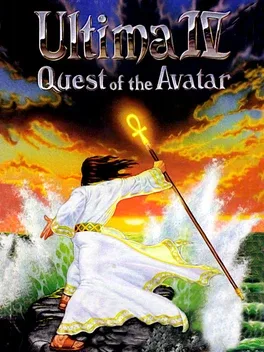
Following the defeat of the evil triad in the previous three Ultima games, the world of Sosaria changed beyond recognition: continents rose and sank, and new cities were built, heralding the advent of a different civilization. Unified by the reign of the benevolent monarch Lord British, the new world was renamed Britannia. Lord British wished to base people's well-being on the ethical principles of Truth, Love, and Courage, proclaiming the Eight Virtues (Honesty, Compassion, Valor, Justice, Sacrifice, Honor, Spirituality, and Humility) as the ideal everyone should strive for. The person who could accomplish full understanding and realization of these virtues would serve as a spiritual leader and a moral example for the inhabitants of Britannia; he alone would be able to obtain holy artifacts, descend into the Stygian Abyss, and access the Codex of Ultimate Wisdom. This person is the Avatar. The fourth game in the Ultima series features an improved game engine, with color graphics and enhanced character interaction: the player can have conversations with non-playable characters by typing names of various topics. However, the main difference between Ultima IV and its predecessors in the series (as well as other role-playing games) lies in the game's objectives and the ways to fulfill them. Instead of building up a character by any means possible in order to face a villain in the end of the game, in Ultima IV the player is trying to become the Avatar, a role model for people. This means upholding the Eight Virtues, basically trying to become a better person. Making morally conscious decisions and helping other people is not done expecting a material reward, but because it is the actual goal of the game and the main focus of its gameplay. The game frowns on behavior typical of most other RPGs, such as backstabbing fleeing enemies or picking up everything that isn't nailed down even if it does not belong to the protagonist. This different approach established the game's reputation as the first "true" Ultima, influencing the design philosophy of later installments and the overall spirit of the series. Character creation is done by choosing responses to morally ambiguous questions. Each of the Eight Virtues corresponds to a character class; by determining the player's personal priorities in the virtues, the game assigns a class and a starting location for the Avatar. After emerging in Britannia, the player is free to explore it in various ways (on foot, moongate teleportation, on horseback, by ship, etc.). Certain items must be collected in any order to enter the Stygian Abyss and complete the game. The Avatar also has to reach the highest level in all virtues. This is achieved by various means: donating blood increases Sacrifice, not fleeing from combat increases Valor, etc. The process, however, is not irreversible: should the Avatar overpay a blind seller, he gains Compassion points; should he, on the other hand, cheat the seller by underpaying, his level in several virtues would decrease. These unorthodox features of the game co-exist with plenty of traditional RPG elements, such as dungeons to explore and hostile monsters to kill. Enemies are encountered on the world map as well as in dungeons; combat takes place on separate top-down screens, allowing player-controlled and enemy parties freely move on them. Characters accumulate experience points and level up, gaining higher amount of hit points and access to stronger magic spells. Like in the previous installments of the series, world map, town exploration and combat are presented from a top-down view, while the dungeons are pseudo-3D and are explored from first-person perspective. Ultima IV also introduces several new gameplay features to the series and role-playing games in general. A number of initially non-playable characters living in various areas of the game world are able to to join the party and fight alongside the hero, replacing traditional player-generated characters or mercenaries and adventurers available only in special locations. Additional new elements include buying and combining reagents in order to cast spells, puzzle rooms in dungeons, and others. The FM Towns version, while identical to the others in gameplay, introduces upgraded graphics similar to those used in next installment of the series.
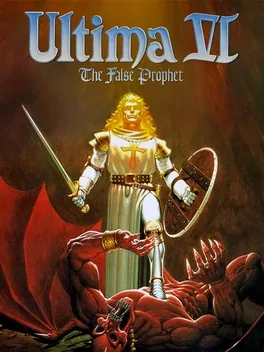
Ultima VI sees the player return to Britannia, at war with a race of gargoyles from another land, struggling to stop a prophecy from ending their race. The player must help defend Britannia against these gargoyles, and ultimately discover the secrets about both lands and its peoples.
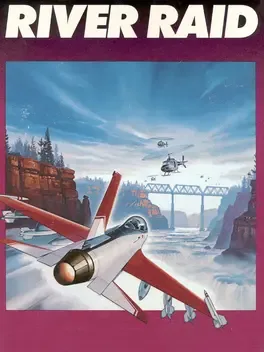
Mission: Code Name River Raid. Jet down the river. Break the enemy blockade and blast the bridges to halt enemy troop advances. Terrain: Code Name River of No Return. An ever-changing, ever-challenging waterway. Expect huge islands, narrow channels and treacherous bays crawling with enemy choppers, tankers and jets. Weaponry: Code Name StratoStrafer. Your B1 StratoWing Assault Jet has been retrofitted with sophisticated, rapid-fire guided missiles. Your craft is super-sensitive to the stick. Accelerate, slow or bank radically with only a touch. Tactics: Jet low to the river to avoid radar. Stop periodically at depots to refuel. A warning claxxon will alert you. Top speed! Best of luck!
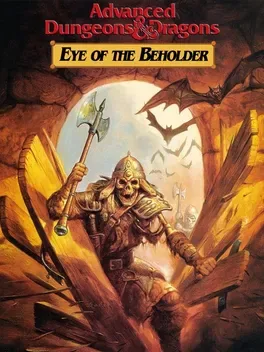
Eye of the Beholder is an all 3-D, Legend Series computer role-playing adventure based on the popular Advanced Dungeons & Dragons 2nd Edition rules and on an original story created for this game . The action takes place in the sewers and catacombs beneath the City of Waterdeep located in TSR's Forgotten Realms game world.

After a century of relative peace, the Avatar of Virtue is summoned back to the medieval kingdom of Britannia to deal with a new threat: the usurper Lord Blackthorn, a formerly honorable nobleman who has been corrupted by strange new creatures called the Shadowlords. After the recent disappearance of the true king, Lord British, the realm has fallen under martial law. Blackthorn now rules the land by brutally enforcing the eight Virtues upon the people of Britannia - corrupting their meaning in the process. The Avatar must gather together his former companions, now made outlaws by Blackthorn's regime, and venture forth to defeat the vile Shadowlords and recover the true king from the shadowy depths of the Underworld.
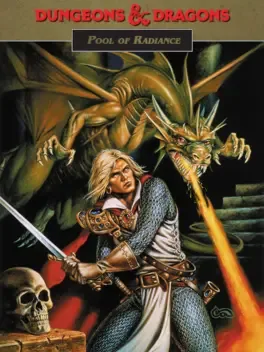
Located on the northern shore of the Moonsea in the Forgotten Realms, the fabled city of Phlan had been overrun by monsters led by a mysterious leader. Your quest: discover the identity of this evil force and rid Phlan of its scourge. Pool of Radiance represents the first in a line of software created by SSI in collaboration with TSR - the producer of the legendary Advanced Dungeons & Dragons fantasy role-playing system.
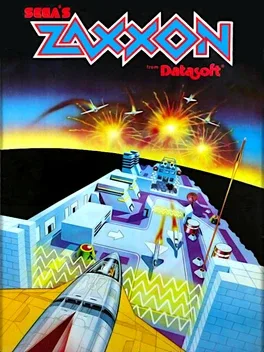
Zaxxon is a 1982 isometric shooter arcade game developed and released by Sega. The game gives the player the experience of flying a fighter craft through a fortress while shooting at enemy entities (missiles, enemy gunfire, etc.) The object of the game is to hit as many targets as possible without being shot down or running out of fuel, which can be replenished paradoxically, by blowing up fuel drums.
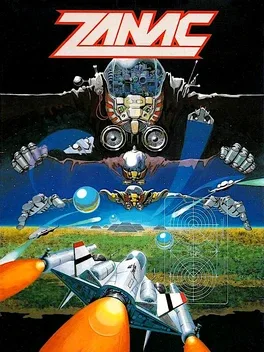
The "system" was created by an organic intelligence body many milleniums ago and began attacking the human race. The earth was thrown into turmoil with only one hope for salvation. Fighter model AFX-6502 ZANAC was perfected by the 256th Riot Fleet to ward off the enemy system. It's your job, as ZANAC, to save the human race. Using eight special weapons and secret power forces buried along the way, guide ZANAC through 12 screens of enemy creatures to victory.
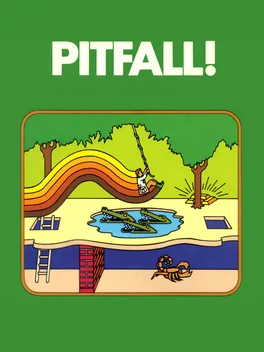
Pitfall! is a video game designed by David Crane for the Atari 2600 and released by Activision in 1982. The player controls Pitfall Harry and is tasked with collecting all the treasures in a jungle within 20 minutes while avoiding obstacles and hazards.

Fantasy Zone II: The Tears of Opa-Opa is the sequel to Fantasy Zone, in which you control Opa-Opa, a pretty colored ship with wings on its side. You must destroy the large creatures in each world before moving on to the next. Your task becomes difficult by other small creatures that happen to pass by. If you destroy a large creature, they will drop a dollar bill, which you can pick up and use at the shop to buy items and powerful weapons such as laser beams, x-way shots, and big wings. Another way to get money is to shoot certain kinds of enemies all in a row. More often than not, some large creatures will reveal a warp gate rather than a dollar bill. You can go through the warp gate to get to another part of the land, and destroy more large creatures. Only one of them will have a warp gate in the form of a 'stop' sign - that is your ticket to the round boss, but you must defeat all large creatures in order to pass through it. Also like in the original can you walk on the ground to avoid approaching enemies, and spend money in the shop to get new weapons (but they only last for a limited time).
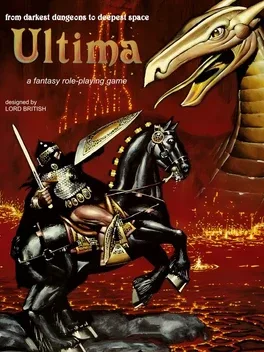
Ultima (later titled, Ultima: The First Age of Darkness) is the first game in the Ultima series of role-playing video games created by Richard Garriott. The game was one of the first definitive commercial computer RPGs, and is considered an important and influential turning point for the development of the genre throughout years to come.
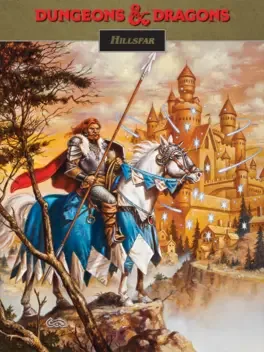
Hillsfar: An incredible fantasy that combines the best of role-playing adventures and fast-paced action games.* Every visit to Hillsfar is a different, exhilarating experience. Explore the city, meet its colorful denizens on the streets or in pubs and discover a quest (there are many possible ones). Transfer your favorite character from the Pool of Radiance or Azure Bonds AD&D role-playing games, or create one from scratch. Your quest and the options available to you each game will change to suit your character's specialty (thief, mage, cleric or fighter). Your quest will keep you constantly on the move. Fight in the arena against raging minotaurs, ill-tempered orcs or insulted swordsmen. Enter different buildings and your maze-running and lock-picking skills will be required. Archery and equestrian events may also be part of your overall quest. Think fast. Move fast. These mini-games happen in real time! For both adventure and action, there's no place like Hillsfar!
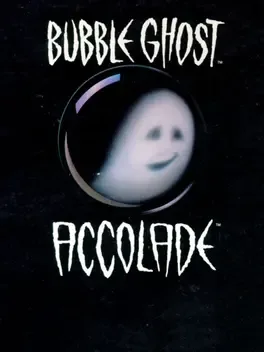
The crazy inventor Heinrich Von Schinker is dead. Or so we thought until the nightwatchman told us his fantastic tale of the haunting of Von Schtinker's old castle. Yes it has been confirmed. Heinrichs' sprit (a.k.a. Bubble Ghost) has been blowing a bubble throughout the macarbe halls of his ancestral home. Your job is to help Bubble Ghost move the bubble through the 35 rooms of the castle, past all the mad inventions of Von Schtinker. Once the little ghostie makes it through, the haunting will cease.

Ultima: Runes of Virtue is a Role-Playing game, developed by Origin and published by Pony Canyon, which was released in 1992.
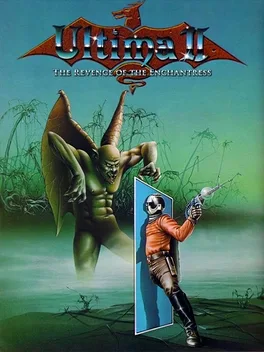
After obtaining aid from the lords of the realm in Ultima I, your character travels back in time, locates the mad wizard Mondain, slays him, and ends his reign of terror. In Ultima II: Revenge of the Enchantress, Mondain's protégé, Minax, who studied the mad wizard's teachings and writings, returns to wreak vengeance on the person who slew her teacher and lover -- you. And, instead of waiting for you to return to her native land of Sosaria, she wreaks havoc on your own Earth. Throughout Ultima II: Revenge of the Enchantress, your quest is quite different in scope from its predecessor. Earth is turned into a half-modern, half-fantasy world by the forces of magic and, as a result, things are much stranger than one might expect. As explained in the introduction, your tasks in the game are to "Battle strange creatures across the face of the Earth, search for clues in careless words spoken at the local pub, traverse deep, dark, deadly dungeons and tall, terrifying towers...and conquer Time itself to battle Minax the Enchantress."

Ballblazer is a 1984 computer game created by Lucasfilm Games (later LucasArts Entertainment). It was originally released for the Atari 8-bit systems, such as the Atari 800 and the Atari 5200. It was also ported to other popular platforms of the day, such as the Apple II, ZX Spectrum (by Dalali Software Ltd), Amstrad CPC, Commodore 64, Atari 7800, and the NES. The Atari 800 version was called Ballblaster during development - pirated versions of the game went by this name as well. The principal creator and programmer of Ballblazer was David Levine. In 1990, LucasArts and Rainbow Arts released a remake and follow-up to this game, called Masterblazer. This game was released for the Amiga, Atari ST, and PC DOS. A similar game inspired by Ballblazer called Space Football: One on One was developed and released by Triffix for the Super NES in 1992. Years later on March 31, 1997, a remake of the original titled Ballblazer Champions was released for the Sony PlayStation.
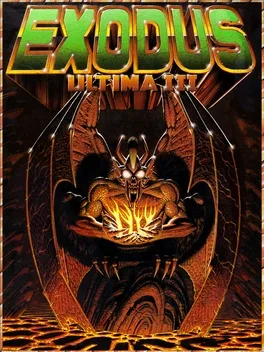
Eons ago Lord British came unto the lands of Sosaria. Since that time it has been united under his rule as the Kingdom of Britannia and has gone through two major crises. A few years ago there were political upheavals among the city states of the kingdom. The ringleader of this political instability was Mondain, the Magician. Under his horrible rule, the people's lives were devastated. A valiant warrior was called forth from another world by Lord British. This warrior overthrew Mondain. Britania survived the first crisis. But peace in the Kingdom of Britannia did not last long. Minax, the Witch, a disciple of Mondain, became very powerful and ruled the world of darkness. Minax had power to sway the time axis of the universe. However, a legendary hero again came to the rescue, overthrew Minax, and brought peace back to the kingdom. Now, the Kingdom is about to face its third crisis. Rumours abound about a fiery island which has emerged in the southwestern seas. Little is known of the evil that dwells there. It is known only as Exodus.
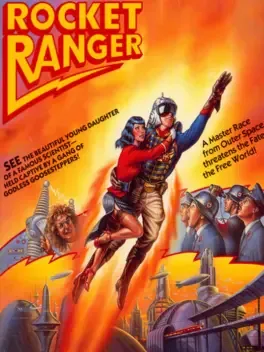
A Master Race from Outer Space Threatens the Free World! With the zapping of ray guns and the cries of Zombie Women, Rocket Ranger brings all the action, romance, thrills, and spills of the Saturday morning serial! The action begins with an urgent message from the future. . . a future that saw the Nazis win Word War II! An underground group of scientists in the 21st century risk their lives to send you a jet propelled rocket suit, ray gun and secret decoder wheel. Skillfully used against a cunning and ruthless foe, these devices help you change history and save mankind!
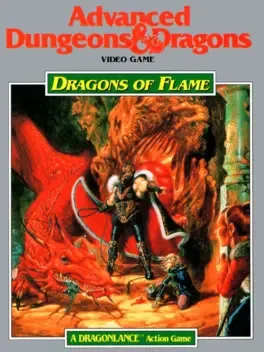
This game is a sequel to Heroes of the Lance. It is arcade oriented, with RPG elements. The player utilizes both a top-down view of map travelling, as well as side-view scrolling combat.

Pitfall Harry returns to adventuring in this "Super" sequel to Pitfall! and Pitfall II: Lost Caverns. Harry’s mission: to recover the famed Raj Diamond, and also to rescue his niece Rhonda and loyal lion sidekick, Quickclaw. Now armed with a gun, Harry must navigate some 270 screens of 8-bit action-platforming. Valuable items will be collected along the way to aid your quest, but beware: dangers also abound, from snakes and spiders to falling rocks and boiling lava!
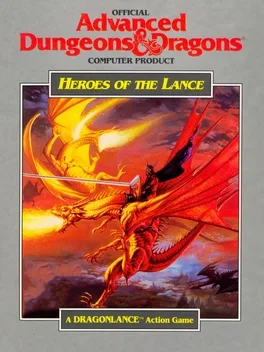
Heroes of the Lance is a side-scrolling action game. The game used actual Dungeons & Dragons statistics, with statistics for the characters exactly as they were in the rule books. Eight heroes from the Dragonlance novels series must be assembled for the quest, and only one is visible on the screen at a time; when one on-screen hero dies, the next in line appears.
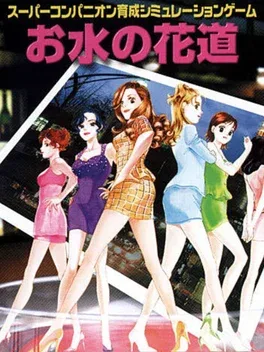
A PlayStation video game based on a Japanese TV drama of the same name.

A Ressha de Ikou is the first in the long-running transport network simulation series mostly known as A-Train. The player controls a railroad company CEO in the end of the nineteenth century, who was entrusted by the president of an unnamed country to build a railroad that reaches its Western coast. The game is played in real time, with a day/night cycle and a game world that changes regardless of the player's actions. Compared to its more widely known sequels, A Ressha de Ikou has a rather simple gameplay that is confined to building tracks for just one train line, the titular A-train. A report is generated that shows how well the player is doing in his/her competition against other networks.
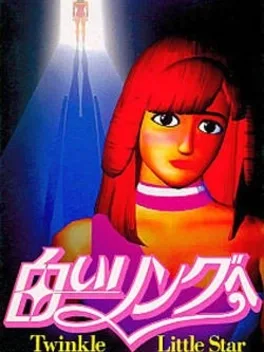
Train your very own professional wrestlers and make her the strongest in the world! Face off with rivals and discover friendship in the deeply engaging story mode or take your seasoned wrestler to the test in free play mode. Popular female Japanese professional wrestlers like Shinobu Kandori and Noriyo Tateno appear in this game